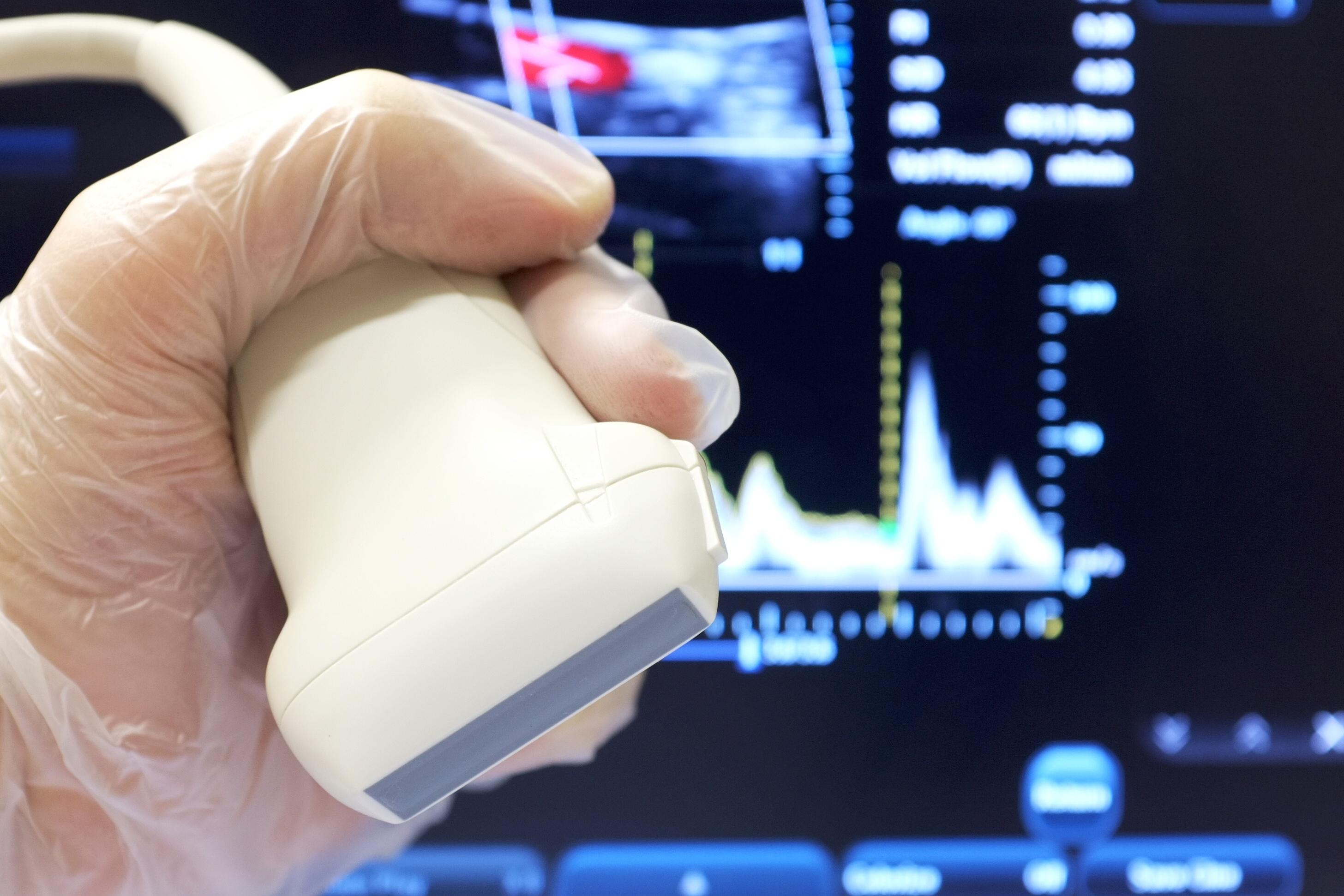Pelvic Ultrasonography Provides Low-Cost, Noninvasive Tool for Diagnosing Precocious Puberty
A recent systematic review and meta-analysis provide a deep dive into the effectiveness of pelvic ultrasonography as a complementary tool to GnRH testing for differentiating between precocious puberty and premature thelarche.

Data from a recent study is providing clinicians with insight into the diagnostic accuracy of pelvic ultrasonography in differentiating precocious puberty from premature thelarche in young girls.
A systematic review and meta-analysis of more than a dozen studies, results of the Taipei Medical University-led study provide evidence suggesting female pelvic ultrasonography could serve as a complementary tool with the GnRH stimulation test for differentiating between precocious puberty and premature thelarche.
“This systematic review and meta-analysis confirmed that pelvic ultrasonography was an appropriate diagnostic tool to differentiate precocious puberty from premature thelarche. All investigated ultrasonography parameters were significantly greater in the precocious puberty group than in the premature thelarche group,” wrote investigators.
With pelvic ultrasonography seen as a potential low-cost, noninvasive tool for enhancing the diagnosis of precocious puberty, a team of investigators from the Taipei Medical University in Taiwan sought to assess could serve as a complementary tool to GnRH stimulation test for differentiating between precocious puberty and premature thelarche in early precocious puberty. With this in mind, investigators designed the current study as a systematic review and meta-analysis using data from the PubMed, Embase, Scopus, and Cochrane Library databases from inception through March 31, 2021.
Investigators included all studies, with the exception of case reports and review articles, and used the terms “precocious puberty,” “premature thelarche,” “ultrasound,” “sonography,” and “echography” to identify studies for inclusion. The initial search yielded 3273 articles. After exclusion of duplicates, further screening, and application of inclusion criteria, 36 articles underwent full-text review and eligibility assessment. Ultimately, 13 studies were identified for inclusion. Investigators noted all 13 studies were deemed suitable for comparative analysis and 7 were deemed appropriate for the diagnostic accuracy analysis.
Of the 13 included, 3 were retrospective studies, 8 were prospective studies, and 2 were cross-sectional studies. The total population of these studies was 1977 subjects.
Investigator noted forest plots were constructed to assess the estimated standardized differences (SMDs) from each study and the overall calculations. Additionally, investigators pointed out a bivariate model was used to assess pooled sensitivity, specificity, positive likelihood ratio (PLR), negative likelihood ratio (NLR), and diagnostic odds ratio (DOR).
Upon analysis, results indicated the SMDs in ovarian volume, fundal-cervical ratio, uterine length, uterine cross-sectional area, and uterine volume between the precocious puberty and premature thelarche groups were 1.12 (95% CI, 0.78–1.45; P <.01), 0.90 (95% CI, 0.07–1.73; P=.03), 1.38 (95% CI, 0.99–1.78; P <.01), 1.06 (95% CI, 0.61–1.50; P <.01), and 1.21 (95% CI, 0.84–1.58; P <.01), respectively. When using a uterine length of 3.20, results indicated a pooled sensitivity of 81.8% (95% CI, 78.3%–84.9%), specificity of 82.0% (95% CI, 61.0%–93.0%), PLR of 4.56 (95% CI, 2.15–9.69), NLR of 0.26 (95% CI, 0.17–0.39), and DOR of 19.62 (95% CI, 6.45–59.68). Investigators also pointed out the area under the summary receiver operating characteristics curve was 0.82.
“Girls with precocious puberty had significantly greater uterine and ovarian measurements as determined by pelvic ultrasonography than did those with premature thelarche. Furthermore, uterine length represented a reliable marker to differentiate precocious puberty from premature thelarche, thereby reducing the possibility of misdiagnosing precocious puberty,” wrote investigators.
This study, “Diagnostic Accuracy of Female Pelvic Ultrasonography in Differentiating Precocious Puberty from Premature Thelarche: A Systematic Review and Meta-analysis,” was published in Frontiers of Endocrinology.